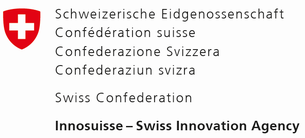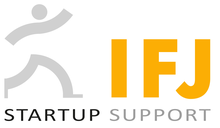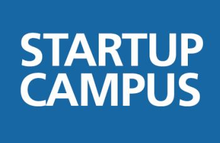At the swissnexDay’15 in Fribourg, which took place under the motto ‘Big Data for Smart Ideas’ and brought together more than 250 practitioners from the field of education, research and innovation (ERI), State Secretary Mauro Dell’Ambrogio presented the report “A roadmap for the further development of the swissnex network”.
More than 250 practitioners from the Swiss ERI sector gathered today in Fribourg for an event held under the title ‘Big Data for Smart Ideas’. This annual event, carried out in the presence of swissnex heads and Science and Technology Counsellors at the Swiss embassies, provided the opportunity for an exchange of ideas and experiences on a topical theme. This year’s event was opened by State Secretary Mauro Dell’Ambrogio together with Jean-Pierre Siggen, Cantonal Councillor and Director of Education, Culture and Sport of the Canton of Fribourg, and Prof. Astrid Epiney, Rector of the University of Fribourg.
At the swissnexDay, State Secretary Mauro Dell’Ambrogio presented the report ‘A roadmap for the further development of the swissnex network’ of the State Secretariat for Education, Research and Innovation.”As platforms for scientific and technological exchange, swissnex offices are an important instrument for implementing federal policy on bilateral cooperation in the area of education, research and innovation between Switzerland and selected partner countries. The report is based on the postulate submitted by Fathi Derder, a member of the National Council, entitled ‘A roadmap to doubling the swissnex network’ to which the Federal Council Dispatch on promoting education, research and innovation in the period 2017–2020 provides an answer to Parliament. The report gives a positive assessment. The swissnex model, which originated in 2000 as the result of a public-private-partnership in Boston, has developed many different forms of partnership over the years. According to a survey conducted among Swiss ERI practitioners the model is rated as customer-oriented, flexible and dynamic.
The roadmap sets out the way to build on these strengths in the future. Furthermore, the analysis concludes that a doubling of the swissnex network is neither financially possible nor does it comply with the swissnex bottom-up principle. Nevertheless, the report points out that the possibilities for support provided by the Science and Technology Counsellors could be communicated more effectively. It also says that the further development of swissnex must be flexible, where priorities are set and tests made with new swissnex models. These, it adds are to be implemented, among other things with the ‘swissnex mobile – EXPO Astana 2017’ pilot project in a strategic partnership with Presence Switzerland.
Based on the expressions of interest of stakeholders, the State Secretariat for education, research and innovation is considering the opening of one or maximum two swissnex offices in new locations during the ERI period 2017-2020. In focus - but not exclusively – are countries such as Japan, South Africa and South Korea. The implementation depends on the financial development of the Federal finances and opportunities or on the interest of partner organisations.
As a result of the positive echo from the Swiss ERI partners, swissnex Boston is considering expanding its branch office in New York, which is currently funded solely by partner contribution. More satellite offices could be opened in China (Hong Kong) and India (Mumbai).
Currently the swissnex network comprises five offices, in Boston, San Francisco, Shanghai, Bangalore and Rio de Janeiro with three satellites in New York, Sao Paolo and Guangzhou. Together with the 20 Science and Technology Counsellors, they form the Confederation’s foreign network for education, research and innovation. Their mission is to support the international integration of Swiss ERI actors through networking and advisory services, raise the profile of the Swiss ERI sector abroad and to promote knowledge transfer with leading knowledge centres throughout the world.
























































Please login or sign up to comment.
Commenting guidelines